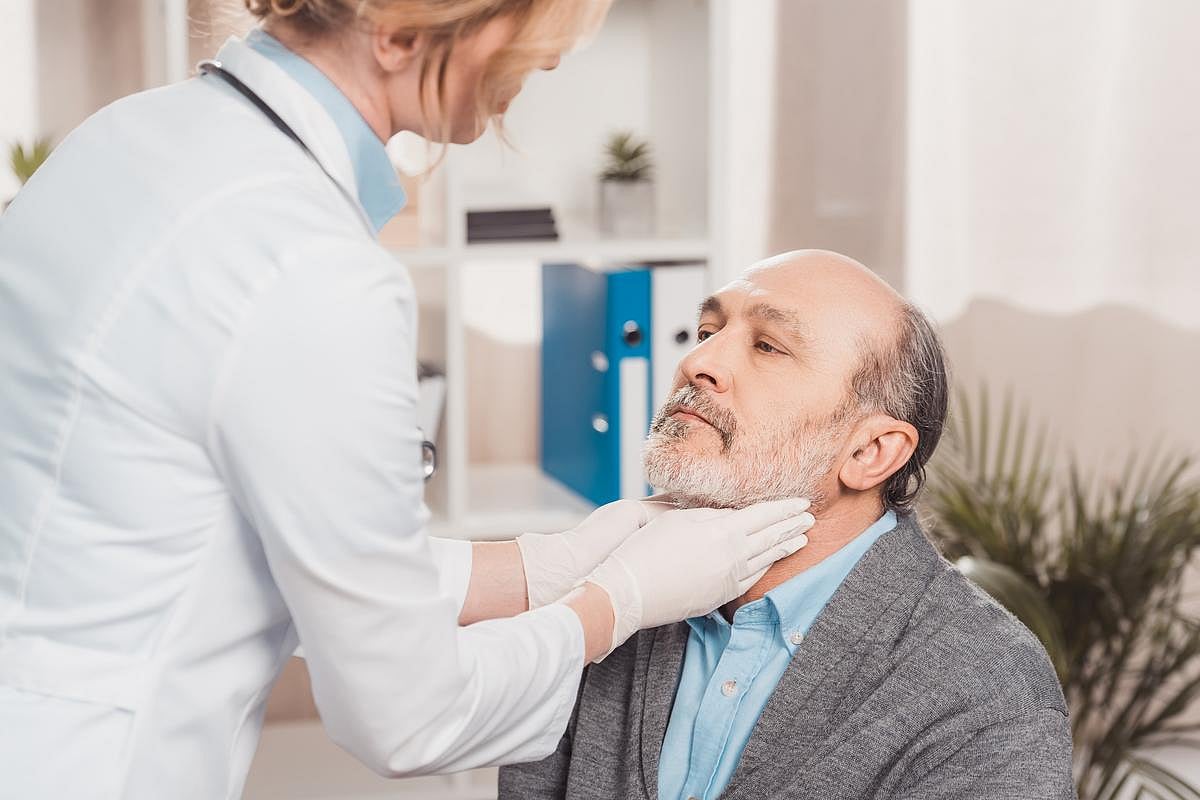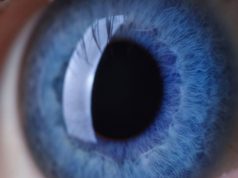By Beth Gilbert HealthDay Reporter
The annual meeting of the American Academy of Otolaryngology-Head and Neck Surgery was held from Oct. 11 to 14 in Indianapolis and attracted more than 5,000 participants from around the world, including otolaryngologists, medical experts, allied health professionals, and administrators. The conference highlighted the latest advances in the diagnosis and treatment of disorders of the ears, nose, throat, and related structures of the head and neck.
In one study, Barak M. Spector, M.D., of Vanderbilt University Medical Center in Beachwood, Ohio, and colleagues aimed to assess how comorbidity burden impacts post-cochlear implant (CI) speech recognition (SR) and quality-of-life outcomes.
The investigators evaluated 343 adult patients who presented with bilateral hearing loss and received CIs between 2017 and 2022; 32 comorbidities were identified based on an in-depth chart review. The authors used three comorbidity scores including the Charlson Index (10-year mortality), Elixhauser Index (30-day mortality), and a basic sum score (equal weight to each comorbidity). Clinical SR measures included word recognition (CNC), sentence recognition in quiet (AzBioQ), and noise (AzBioN) in best-aided condition. Patient-reported outcome measures (PROMs) included the Speech, Spatial and Qualities of Hearing Scale and Cochlear Implant Quality of Life.
The researchers found that higher comorbidity burden was associated with poorer speech recognition. In addition, the Charlson Index correlated with both early and long-term CNC/AzBioQ. The Elixhauser Index was the only independent predictor of early and long-term AzBioQ, and no comorbidity index was associated with PROMs.
“Comorbid disease burden impacts CI speech recognition performance,” Spector said. “Elixhauser Index best captures relevant comorbidities affecting CI outcomes after controlling for clinical covariates, and PROMs may not reflect medical comorbidity burden. The findings support development of a CI-specific comorbidity index to optimize prognostic accuracy and postoperative management.”
In a prospective, randomized controlled study, Dor Maayan, M.D., of LSU Shreveport in Louisiana, and colleagues found that obstructive sleep apnea (OSA) impaired wound healing in mice.
The researchers randomized 16 mice to an OSA group exposed to chronic intermittent hypoxia (CIH) for eight hours daily over a period of three weeks and a control group exposed to room temperature. The investigators created two full-thickness wounds on each mouse and assessed wound healing during the study period. The researchers found that OSA wounds closed more slowly than normoxic wounds. OSA wounds exhibited a thicker epidermis, increased fibroblasts, capillaries, and macrophages, all of which were statistically significant.
“OSA should be considered a factor impairing wound healing, and be treated accordingly,” Maayan said.
Mikayla G. Hubbard, a medical student at Indiana University School of Medicine in Avon, and colleagues assessed the specificity and sensitivity of nanopore sequencing for human papillomavirus (HPV) DNA detection in both oropharyngeal squamous cell carcinoma (OPSCC) and benign pediatric and young-adult tonsils.
The researchers found that nanopore sequencing detected HPV DNA in all 27 HPV-positive specimens and in three of 27 HPV-negative samples, resulting in 100 percent sensitivity, 89 percent specificity, 90 percent positive predictive value, and 100 percent negative predictive value. In addition, 26 percent of the benign tonsillectomy cohort had detectable HPV DNA, and in a subset of patients younger than 10 years of age, 37 percent had detectable HPV DNA. According to Hubbard, both of these prevalence rates were higher than previously reported and suggest the potential for earlier infection with HPV than previously believed.
“With further validation, nanopore sequencing could be a cost-effective, time-efficient addition to how we determine if tumors are HPV-positive, especially with the consideration that HPV-mediated OPSCC have better prognostic outcomes and degalvanized therapy requirements,” Hubbard said. “Given p16 is an indirect biomarker of HPV infection, nanopore sequencing allows for direct measurements of both the presence of HPV DNA as well as how abundant it is.”
Copyright © 2025 HealthDay. All rights reserved.








